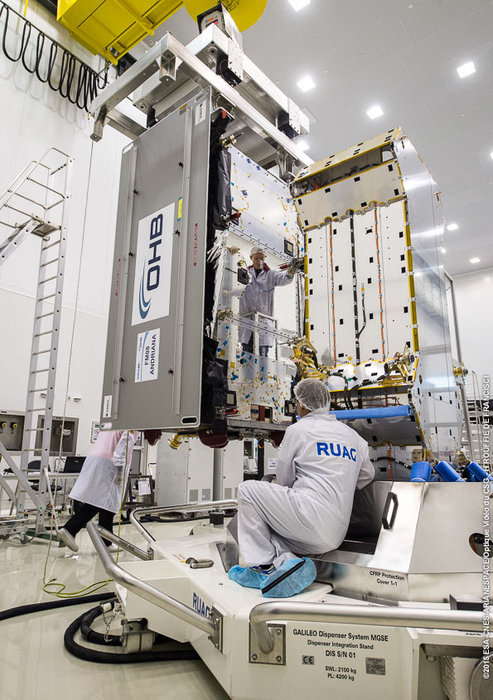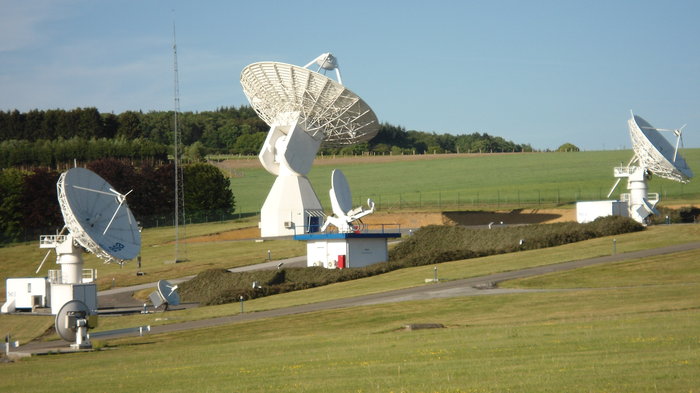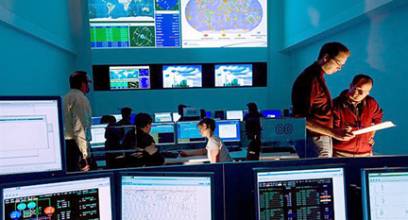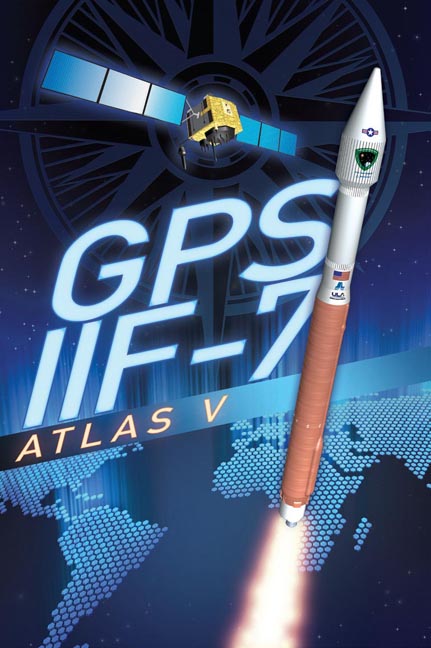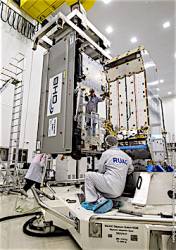 Europe’s 11th and 12th Galileo satellites being prepared for launch in the clean room at Europe’s Spaceport in Kourou, French Guiana. Photo: ESA/CNES/Arianespace/Optique Vidéo du CSG/Hrouffie De Francisci
Europe’s 11th and 12th Galileo satellites being prepared for launch in the clean room at Europe’s Spaceport in Kourou, French Guiana. Photo: ESA/CNES/Arianespace/Optique Vidéo du CSG/Hrouffie De FrancisciEurope’s latest navigation satellites, launched last December, have been officially commissioned into the Galileo constellation, and are now broadcasting working navigation signals.
Galileos 11 and 12 were launched together on a Soyuz rocket from Europe’s Spaceport in French Guiana on 17 December.
The satellites’ navigation payloads were submitted to a gamut of tests, centered on the European Space Agency’s Redu center in Belgium, which possesses a 20 meter-diameter antenna to analyze the satellites’ signals in great detail.
Europe’s latest navigation satellites, launched last December, have been officially commissioned into the Galileo constellation, and are now broadcasting working navigation signals.
Galileos 11 and 12 were launched together on a Soyuz rocket from Europe’s Spaceport in French Guiana on 17 December.
The satellites’ navigation payloads were submitted to a gamut of tests, centered on the European Space Agency’s Redu center in Belgium, which possesses a 20 meter-diameter antenna to analyze the satellites’ signals in great detail.
The satellites’ onboard atomic clocks – while the most precise ever flown for navigation purposes – must be kept synched by Galileo’s global ground segment, which also keeps track of the satellites’ exact positions in space.
Four satellites have now completed commissioning since the beginning of this year — satellites 9 and 10 joined the constellation in February.
Information about the current status of the constellation is published on the European Service Center website.
Two more satellites will be launched by Soyuz from French Guiana in May and, for the first time for Galileo, four will be carried on a customized Ariane 5 in October.

